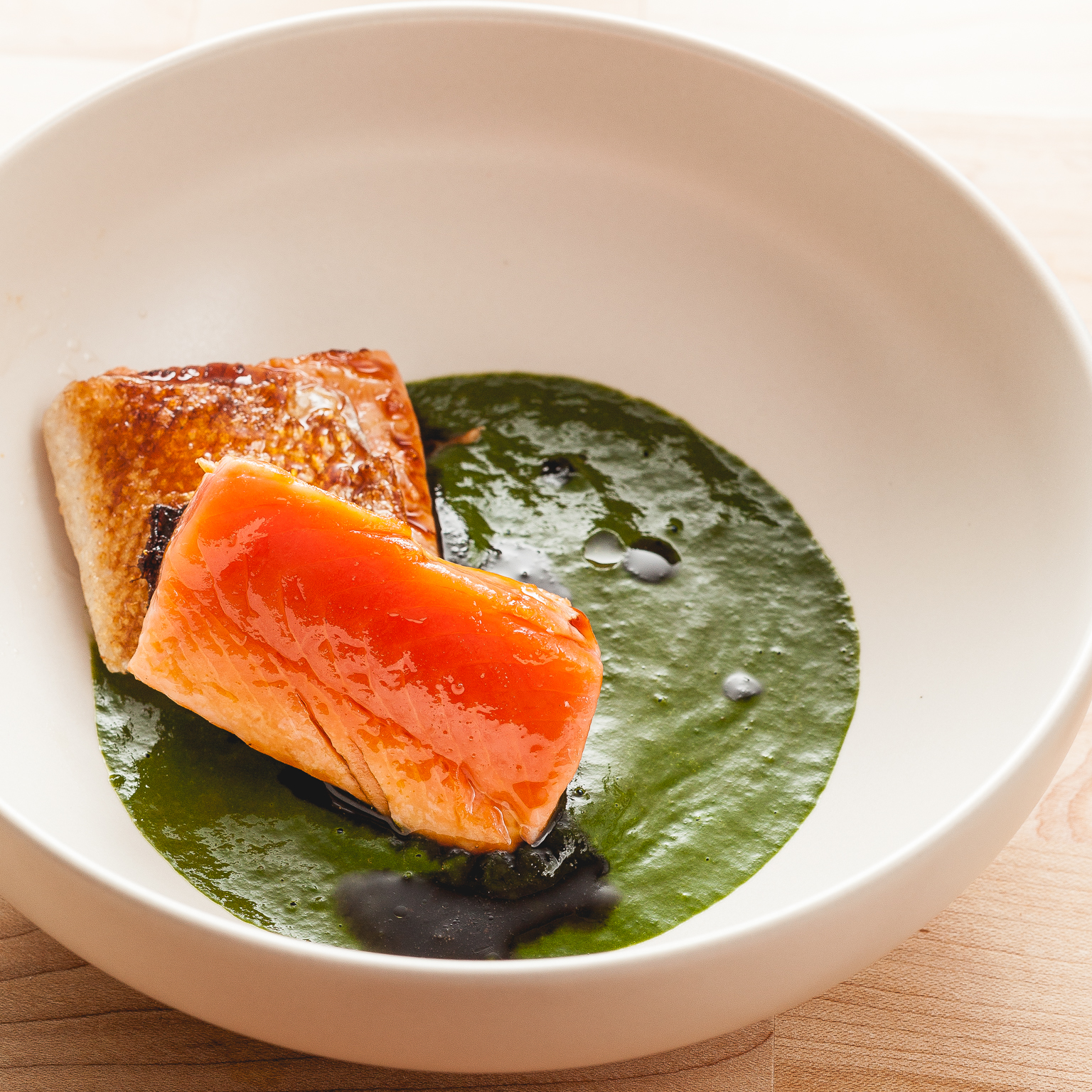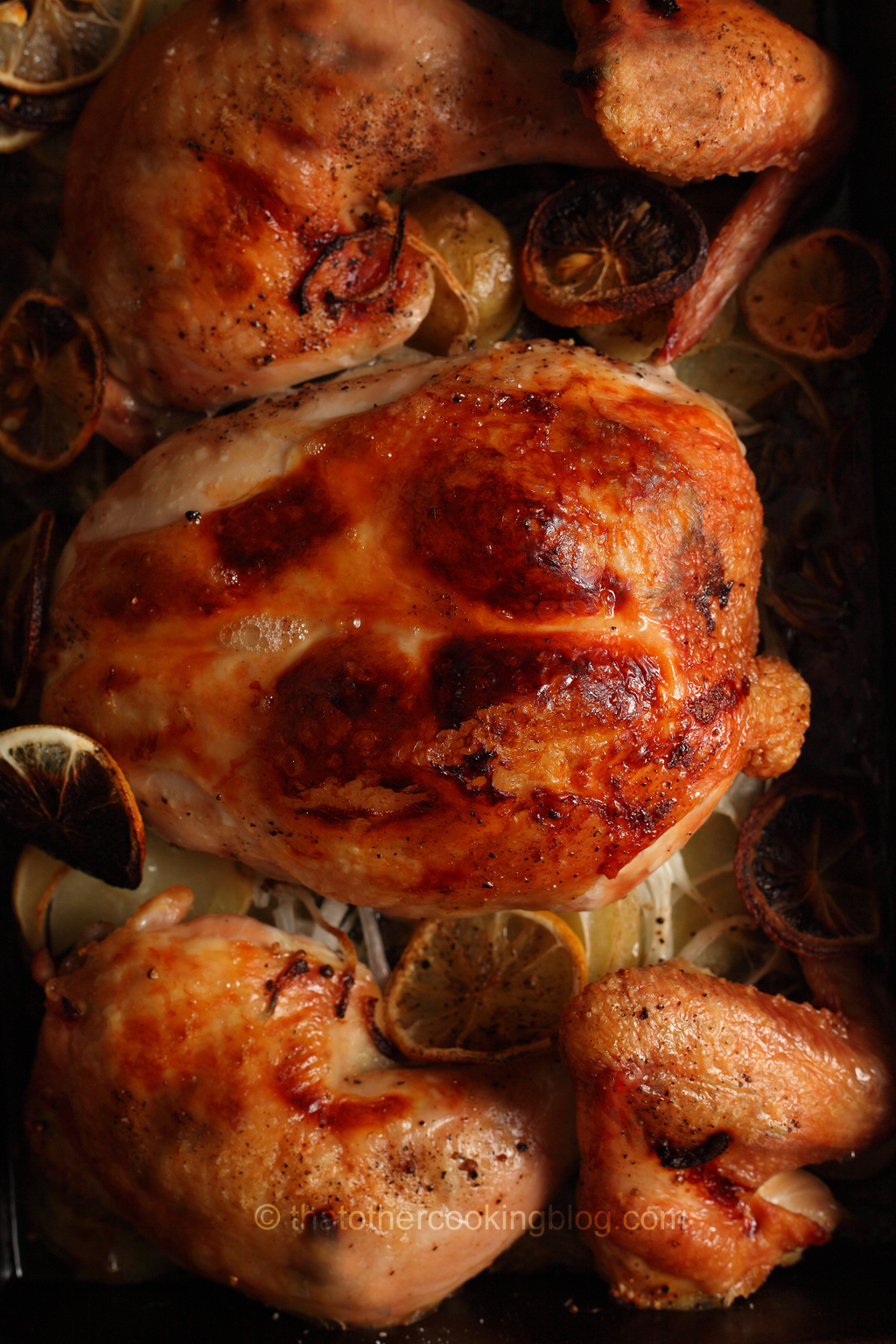I don’t know about this title but I had to start somewhere and it is in fact related to how I feel about what I’m about to cover here. I have basically redefined the way I eat over the years of cooking which pretty much landed me in the sous vide cooking world. That taught me many things about food and what heat does to it. It also changed the way I see cooking in that now I do my best to applying the least amount of heat possible still placing all of my attention in flavor and texture. Each ingredient and preparation has therefor a very specific cooking time and temperature, etc, etc. You know all about that sous vide stuff, let’s move on.

My previous swordfish taco test.
If you have been tuning in lately you probably noticed my post about sous vide swordfish tacos from a few weeks ago. Well, I couldn’t let it go. I did more research and found that on average the cooking temperature suggested for cooking it was a couple of degrees lower. Now, if you’re not familiar with sous vide cooking, a few degrees can mean the world. Yes, that applies to traditional cooking as well but it’s a lot more difficult to quantify or even reproduce. But sous vide cooking is all about precision and it is fairly easy to experiment with different cooking temperatures, take notes (the whole purpose of this blog 4 years ago, not recipes, not food photography, cooking notes) and compare. 
Applying less heat isn’t good always.
And that’s what I did. I revisited this dish hoping to take it to the next level by dropping the cooking temperature from 54C to 50C. Hmm… maybe I’m crazy but the texture wasn’t nearly as great. It wasn’t buttery anymore, it was almost borderline raw. I don’t think the collagen had enough heat to cook. It was perfectly edible but it wasn’t perfect. At least not for me. Anyways, if you have any thoughts on this, don’t hesitate to share! I’d love to know you’re take on cooking swordfish sous vide.
Not all is lost.
The flour coat this time had a much better texture and color after adding a small amount of baking soda. I always forget… because it really doesn’t affect the flavour (noticeably) but it does wonderful things to accelerate browning of the starches and adds airiness to the coat. Super crunchy. Also, I had the perfect opportunity here to use my cream of black beans which I made with homemade chicken stock and strained through a chinoise. Very silky and delicious. Quick post tonight. Night guys!

Wanna get more sous-vide cooking guides and cool cooking how-to’s in your mailbox? You know what needs to be done!
We never spam. You should only be getting updates when new content is posted on the site. We also respect your privacy. We don’t share your email address with anyone and you can unsubscribe anytime!





3 comments
All great information. I reluctantly sous vided some salmon once, upon Stefan’s urging, and it really was incredible. I didn’t realize it could be any more tender than when it’s cooked correctly in a skillet, but it was!
yeah, I love this technique. I actually didn’t like salmon very much and now I’m in love with it …. same thing with chicken breasts, amazing results. But what I really really like is what it does to tough cuts over long periods of gentle cooking time… that’s just magic
I liked swordfish cooked sous-vide at 50C/122F, but that was after marinating it in lemon juice. I liked it but I haven’t tried it at 54C/129F yet so perhaps I’d like that better, too. I haven’t done a temperature experiment for swordfish, yet 🙂